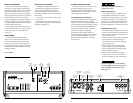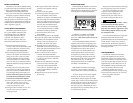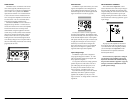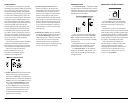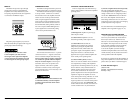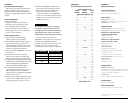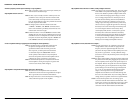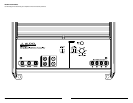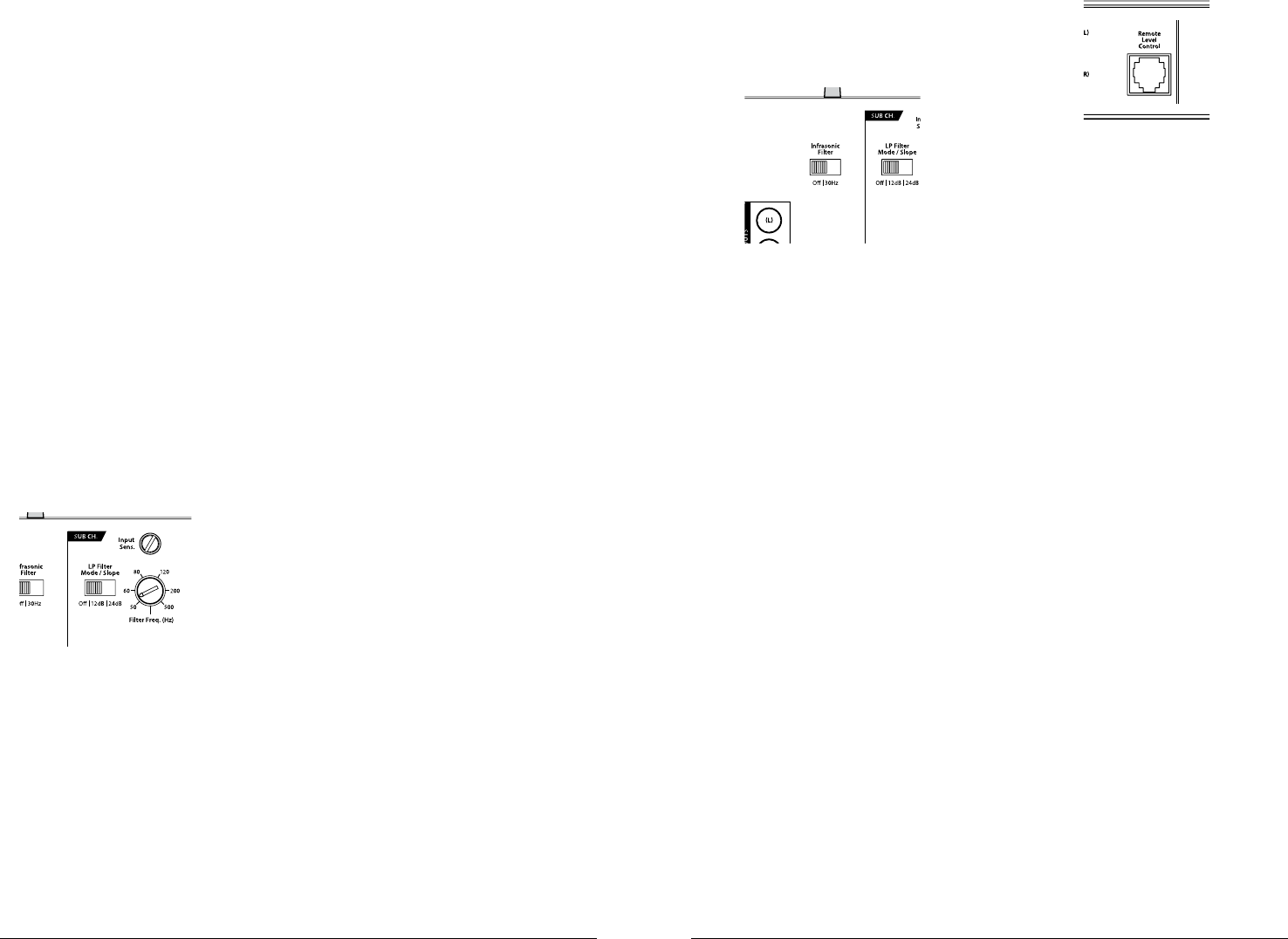
8 | JL Audio - M600/1 Owner’s Manual
9
INFRASONIC FILTER
The “Infrasonic Filter” is a 24 dB/octave high-
pass filter, with a fixed cutoff frequency of 30 Hz.
This filter is designed to conserve amplifier power
and protect subwoofer systems, without audibly
degrading the sub-bass output.
With ported enclosures and infinite baffle
subwoofer systems, the use of the “Infrasonic
Filter” is highly recommended to protect the
speaker(s) from excessive excursion at inaudibly
low frequencies.
With sealed enclosures, the use of the filter
is less necessary, but can still help protect the
speaker system from excessive excursion.
The “Infrasonic Filter” can be completely
defeated by selecting the “Off” position on its
switch. This bypasses all signal from flowing
through the circuit.
REMOTE LEVEL CONTROL OPTIONAL
With the addition of the optional Remote
Level Control (HD-RLC), you can control the
subwoofer volume from a location of your
choosing.
The HD-RLC connects to the jack labeled
“Remote Level Control” on the Connection Panel
of the amplifier using a standard telephone cable
(supplied with the HD-RLC). If desired, multiple
XD (and HD) amplifiers can be controlled from
a single HD-RLC controller using a simple phone
line “splitter” and multiple phone cables.
When connected to the amplifier, the
HD-RLC operates as follows. At full counter-
clockwise rotation, the audio will mute
completely. At full clockwise rotation the level
will be the same as if the HD-RLC was not
connected at all. In other words, it operates
strictly as a level attenuator.
FILTER CONTROLS
Most speakers are not designed to reproduce
the full range of frequencies audible by the human
ear. For this reason, most speaker systems are
comprised of multiple speakers, each dedicated
to reproducing a specific frequency range. Filters
are used to select which frequency range is sent
to each section of a speaker system. The division
of frequency ranges to different speakers can be
done with passive filters (coils and/or capacitors
between the amplifier outputs and the speakers),
which are acceptable and commonly used
for filtering between mid-range speakers and
tweeters. Filtering between subwoofer systems
and satellite speaker systems is best done with
active filters, which cut off frequency content at
the input to the amplifier. Active filters are more
stable than passive filters and do not introduce
extraneous resistance, which can degrade
subwoofer performance.
The active low-pass filter built into the M600/1
is designed to attenuate frequencies above its
filter frequency, so that the system’s subwoofers
do not reproduce any audible midrange content.
This serves to improve tonal balance
and to avoid distortion. Correct use
of the filter can substantially improve
the fidelity of your audio system.
2) LP Filter Operation: The low-pass filter in the
M600/1 is fully variable between 50 Hz and
500 Hz via the “Filter Freq.” control knob and
features the ability to select between a moderate
“12dB” per octave or a steep “24dB” per octave
slope via the “LP Filter Mode/Slope” switch.
Depending on the subwoofer system and
the vessel, different slopes may be required to
produce a smooth transition to the mid-bass
speakers in the system. Experiment to find
the slope which best matches the acoustic
requirements of your system.
3) Precise Frequency Selection: The filter
frequency markings on the front panel of
the amplifier are for reference purposes and
are generally accurate to within 1/3 octave
or better. If you would like to select the filter
frequency with a higher level of precision,
consult Appendix B (page 13) of this manual.
This chart gives you a more accurate frequency
for each of the forty detented positions of the
frequency selection control. This method can
be very useful if the amplifier is mounted in
a location where you can’t see the front panel
markings easily.
4) Defeating the LP Filter: The Low-Pass filter
can also be defeated completely, by switching
the “LP Filter Mode/Slope” switch to the
“Off” position. This is useful if you are using
an external active crossover in the system.
With the internal crossover turned off, the
M600/1’s upper frequency response limit is 500
Hz, due to its subwoofer-specific design.




